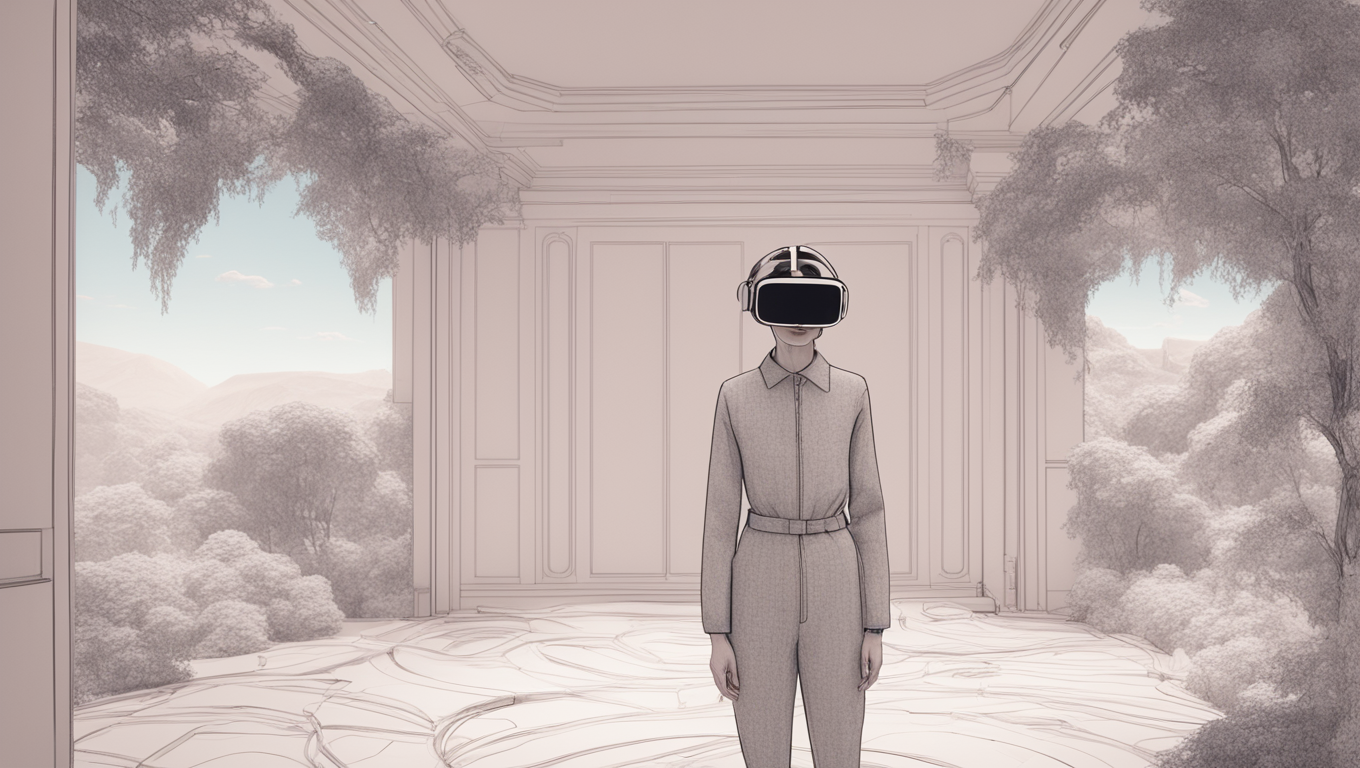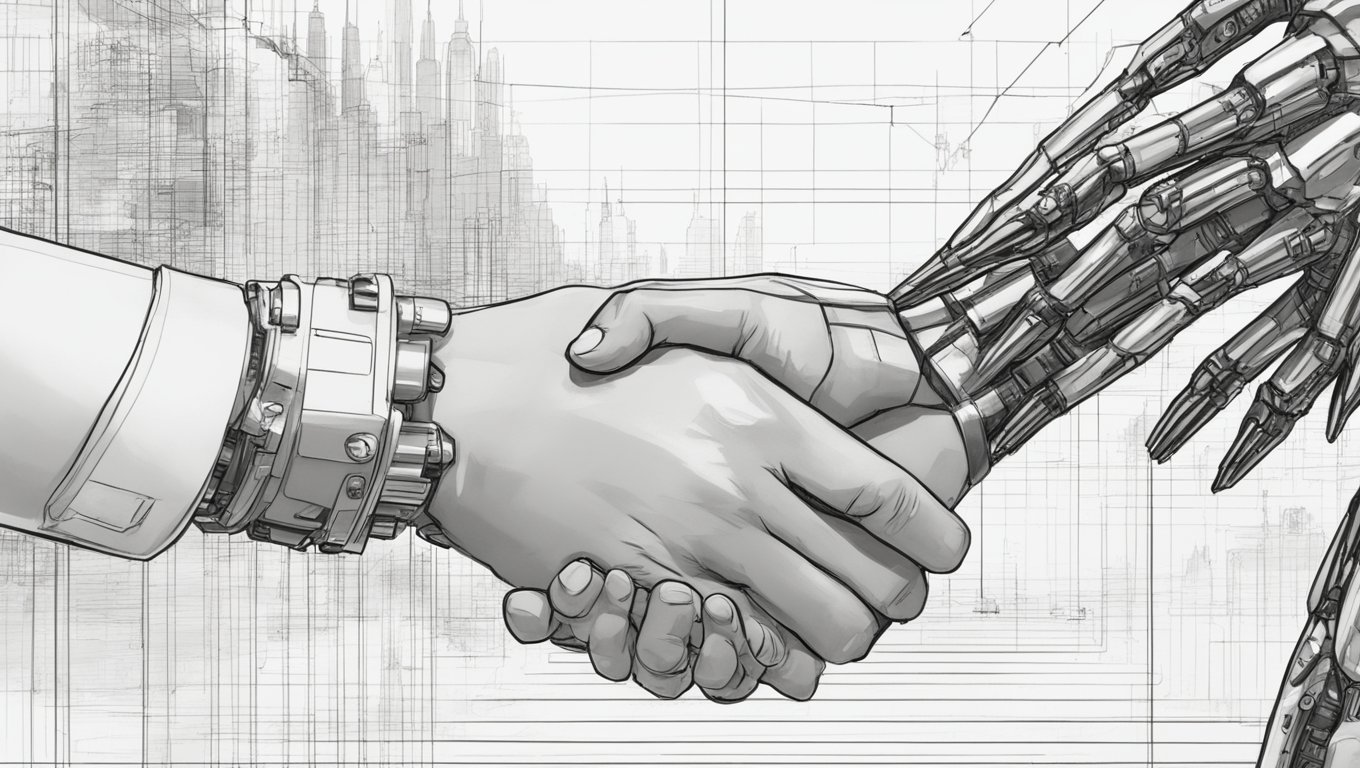In a world where advancements in technology seem to defy the boundaries of what was once thought possible, a new virtual reality tool has emerged that promises to bridge the gap between the living and the deceased. “Live Forever Mode,” the brainchild of technology entrepreneur Artur Sychov, aims to immortalize loved ones through digital avatars that replicate their voice, mannerisms, and movements with just 30 minutes of observation.
Sychov was inspired to create this revolutionary tool when he received devastating news about his father’s battle with cancer. Fearing that he would no longer be able to communicate with his father, Sychov embarked on a mission to create a tool that would allow future generations to interact with their deceased loved ones. Through the magic of artificial intelligence and virtual reality, these avatars can preserve memories and foster connections that transcend the boundaries of life and death.
“You can get to know the person. You can hear their voice… You get to talk to them about different topics, and you get to inject a little bit of their personality,” Sychov explained in an interview with Sky News. His optimism about the project is infectious, as he envisions a future where individuals can continue to have meaningful conversations and interactions with those who have passed on.
However, not everyone shares Sychov’s enthusiasm. Cyber psychologist and author Elaine Kasket worries that this tool may exploit existential fears for commercial gain. “It’s really pushing on that fundamental anxiety that we have about the end of our being,” Kasket cautioned. It is a valid concern, as the ethics and implications of creating digital avatars of the deceased raise complex questions about the nature of life, identity, and grief.
Sychov’s company, Somnium Space, is currently testing the “live forever mode” at its Prague headquarters before the tool’s official launch. Somnium Space is a 3D metaverse platform that has gained popularity since its inception in 2017, boasting over 300,000 downloads and daily user numbers ranging from 50 to 250. The platform allows users to exist as avatars in a virtual world, engaging in various activities such as gaming, art creation, and commerce. Sychov himself is no stranger to the technology, as he embodies a blue robot avatar.
The reactions to this new tool have been mixed but generally positive. One user, identified as UltraLord from Budapest, Hungary, expressed excitement at the prospect of immortality through avatars. “In a way, we all want to live forever in the things that we do, and we want the idea of us, the legacy of us to live on throughout our generations,” UltraLord shared. “Being able to actually create an idea of me that future generations can look back upon and kind of like, say and talk to and reflect on…It’s very exciting.”
Indeed, the idea of leaving a lasting legacy and being able to pass on one’s experiences, wisdom, and personality to future generations is a tantalizing prospect. The digital age has already transformed the way we connect, communicate, and preserve memories. With the “Live Forever Mode,” the boundaries of life and death may become blurred, allowing us to transcend the limitations of mortality and continue meaningful connections with those who have gone before us.
As Sychov’s technology continues to develop and the ethics surrounding digital avatars are debated, one thing remains certain: the future holds limitless possibilities for the convergence of artificial intelligence, virtual reality, and the preservation of memories. Whether or not one chooses to embark on this digital immortality is a personal decision, but the potential impact on the human experience cannot be denied.





Use the share button below if you liked it.